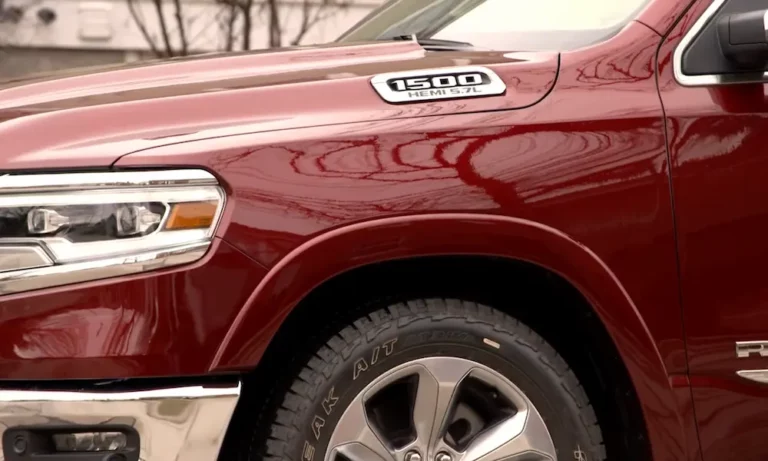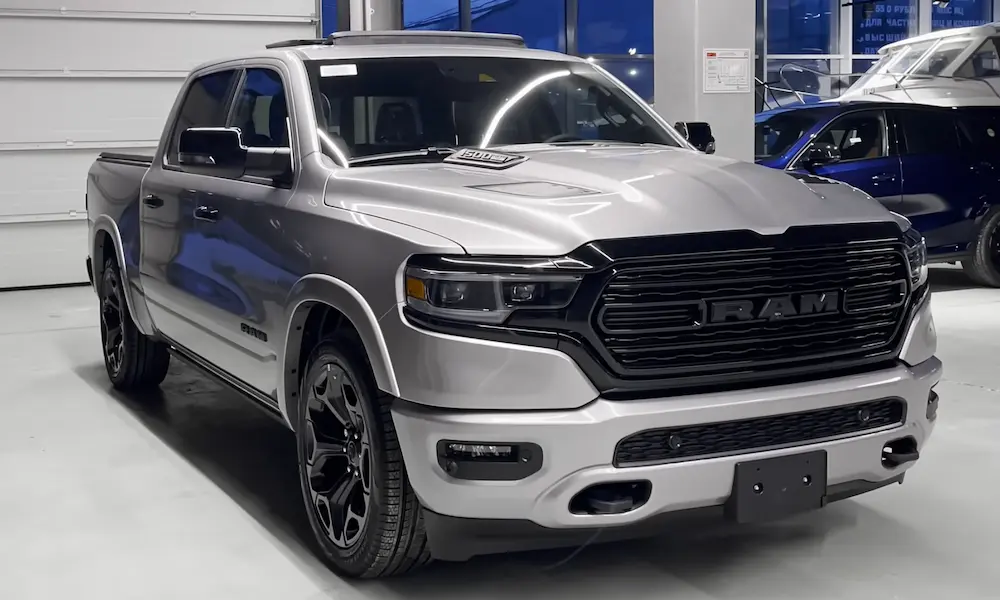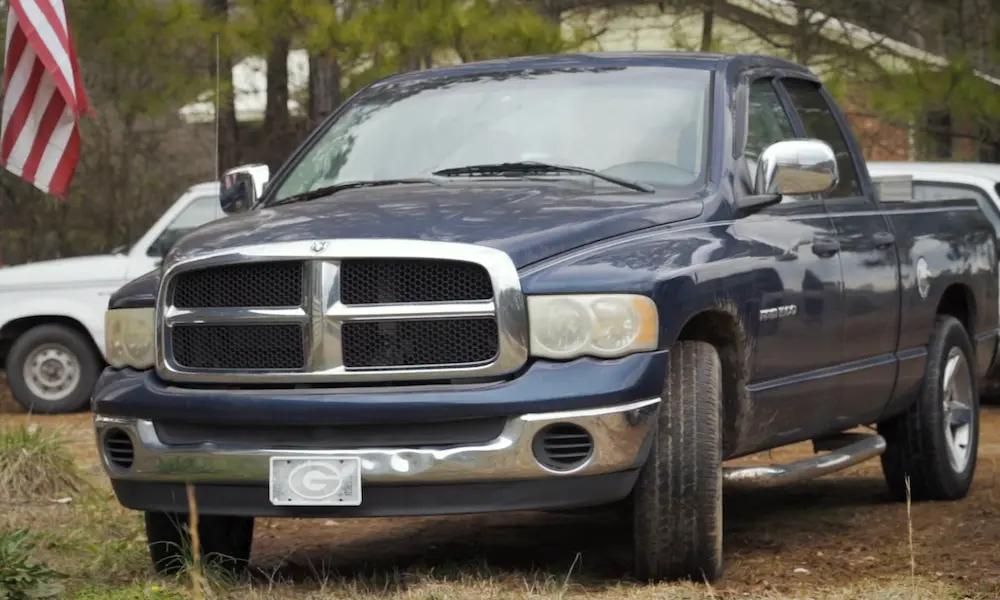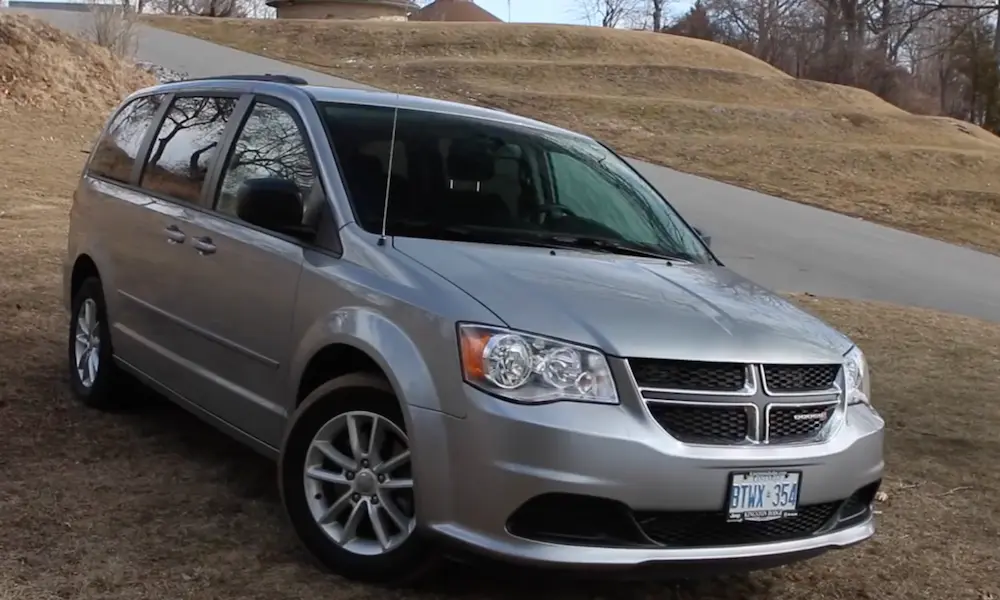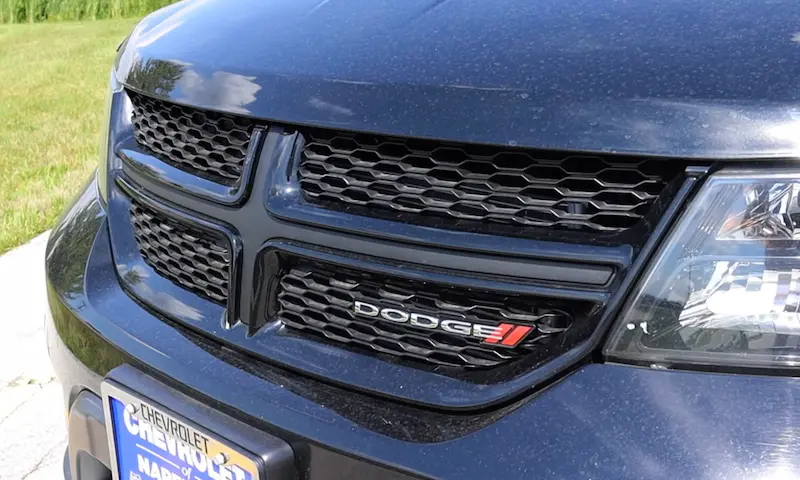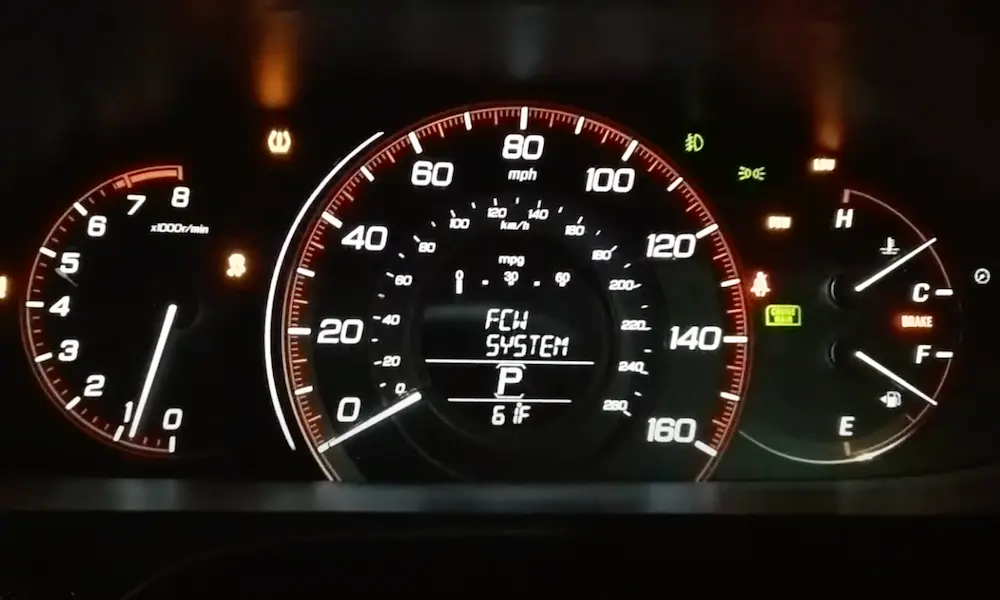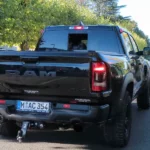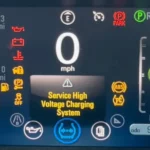Thinking about ditching your RAM’s air suspension system? You’re not alone. While those fancy air bags might seem like a great feature when your truck is new, many RAM owners find themselves searching for alternatives after experiencing reliability issues and eye-watering repair bills.
Whether you’re already facing air suspension problems or just want to prevent future headaches, this guide will walk you through everything about RAM air suspension delete options – from costs and kits to the actual benefits you’ll gain.
What Is the RAM Air Suspension System?
The air suspension system in RAM trucks replaces traditional coil springs with air springs (or “bags”) that use compressed air to support your vehicle’s weight. The system includes:
- Air springs/bags
- Compressor
- Air lines
- Height sensors
- Electronic control module
This setup allows your truck to automatically adjust ride height based on load and driving conditions. It sounds great in theory, but the reality has been more complicated for many owners.
RAM 1500 vs 2500/3500 Systems: Important Differences
The air suspension system in your RAM varies significantly depending on your model:
RAM 1500: Uses a more complex four-corner air suspension system with multiple height settings (Lo, N, Hi) controlled through a console switch. This system is more prone to issues.
RAM 2500/3500: Employs a simpler system primarily for rear axle load-leveling. As one owner noted, “The system in the 2500 is nothing like the closed loop system in the 1500 which is riddled with problems.”
This distinction explains why RAM 1500 owners tend to experience more headaches and consider deletion more frequently.
Why RAM Owners Delete Their Air Suspension
Let’s get real about why you might want to delete your RAM’s air suspension system. The reasons typically boil down to three main factors:
1. Reliability Issues
The air suspension system contains numerous components that can (and often do) fail as the vehicle ages. Common failure points include:
- Compressor burnout from continuous operation
- Leaking or ruptured air springs
- Failed control modules
- Cracked or disconnected air lines
One frustrated owner summed it up: “The system is bound to fail at some point; it’s not about if it will happen, but rather when. Once it breaks down, just diagnosing the issues can cost thousands.”
2. Cold Weather Performance Problems
If you live somewhere with harsh winters, your air suspension system may become your worst enemy. Multiple owners report consistent failures during cold months:
“The air suspension was a consistent problem especially during winter here in Denver.”
Another owner in southern Alberta described the system becoming “a nightmare” in -40°C temperatures.
The thermoplastic components and air lines become brittle in extreme cold, leading to more frequent failures precisely when you need reliability most.
3. Repair Costs Are Astronomical
When the air suspension fails, prepare for sticker shock. Owners report receiving quotes like:
- $2,000 just to replace the compressor and controller module
- $4,600 for a complete system replacement
Compare this to the cost of a conventional suspension, and it’s easy to see why many opt to delete the air system entirely.
Cost Comparison: Air Suspension Repairs vs. Deletion
Before making your decision, it helps to understand the financial implications:
| Option | Cost Range | Notes |
|---|---|---|
| Repair Failed Component | $500-$2,000+ | Temporary fix; other components likely to fail |
| Complete System Replacement | $3,000-$5,000 | Factory parts with same potential issues |
| Professional Deletion | $1,800-$4,600 | One-time cost with conventional reliability |
| DIY Deletion Kit | $400-$1,000 | Requires mechanical skills |
As you can see, while deletion requires an upfront investment, it eliminates the cycle of expensive repairs that plague the factory system.
Air Suspension Delete Options: Professional vs. DIY
You’ve got two main paths for converting to conventional suspension:
Professional Installation
Having a shop handle your air suspension delete offers several benefits:
- Complete removal of all air components
- Installation of quality conventional springs and shocks
- Electrical modifications to prevent dashboard warnings
- Professional alignment and ride height adjustment
- Usually includes warranty coverage
The downside? Cost. You’ll likely pay $1,800-$4,600 depending on your location and the parts used.
DIY Approach
If you’re handy with tools and comfortable working on your truck, the DIY route can save substantial money:
- Purchase a deletion kit (Monroe, Eibach, etc.) for $400-$1,000
- Swap out components yourself (one owner reported about “30 mins per wheel”)
- Use tools like AlfaOBD to address the electronics and warning lights
One owner mentioned purchasing a Monroe kit from eBay for approximately $400 and handling the installation themselves. This approach can slash costs by 50-75% compared to professional installation.
Available Deletion Kits and Components
Several manufacturers offer dedicated air suspension deletion kits for RAM trucks:
- Eibach Kits: Available from specialized suppliers like AirDelete.com, these are designed specifically for 5th generation RAM trucks
- Monroe Conversion Kits: Popular budget-friendly option available through various retailers
- Strutmasters Kits: Complete conversion packages that include all necessary hardware
When selecting a kit, consider:
- Whether it provides similar ride height to factory suspension
- If it includes all necessary components or requires additional purchases
- Quality of included shocks and springs
- Whether it addresses electrical components
The Installation Process Explained
Whether you’re doing it yourself or want to understand what you’re paying for, here’s what the air suspension delete process typically involves:
1. Preparation and Component Removal
- Secure the vehicle on jack stands
- Remove wheels for access
- Disconnect the air lines and electrical connections
- Remove air spring components
- Remove factory shocks
2. Installing Conventional Components
- Install new coil springs in place of air springs
- Mount new conventional shock absorbers
- Reconnect necessary components
- Reinstall wheels
3. Addressing Electronics
This is the tricky part many DIYers struggle with. You’ll need to:
- Use a programming tool like AlfaOBD to disable air suspension error messages
- Or install a module that simulates signals from the removed components
Without addressing the electronics, you’ll face persistent warning lights and potential integration issues with other vehicle systems.
4. Post-Installation Alignment
After installation, a professional alignment is crucial. The switch to conventional suspension changes your vehicle’s dynamics and requires proper alignment to ensure:
- Even tire wear
- Proper handling
- Straight tracking
Some professional installers include a follow-up alignment check after an initial break-in period.
Benefits You’ll Gain From Deleting Air Suspension
After completing your air suspension delete, you’ll enjoy several significant benefits:
Improved Long-Term Reliability
The conventional suspension components are significantly more robust and less susceptible to failure. They don’t rely on air pressure, electronics, or plastic components that degrade over time.
“I had to remove the air suspension from my 2014 1500… I don’t regret that choice one bit,” reported one satisfied owner.
Lower Maintenance Costs
With conventional suspension, you eliminate costly air system components that frequently fail. Regular shocks and springs typically last much longer and cost significantly less to replace when they eventually wear out.
Better Cold Weather Performance
If you live in a cold climate, you’ll particularly appreciate the switch. Conventional suspension isn’t affected by temperature extremes the way air systems are, providing consistent performance year-round.
Simpler Lift or Leveling Options
For those looking to modify their truck’s height, conventional suspension offers more straightforward options. As one user noted, “If you plan to lift it then the airbags will either limit you to an inch or two, or need to be removed.”
What You’ll Lose After Deletion
While the benefits are substantial, it’s important to understand what features you’ll sacrifice:
Adjustable Ride Height
The ability to raise and lower your truck at the touch of a button will be gone. The height switching options on your console will no longer function.
Automatic Load Leveling
Your truck won’t automatically adjust to heavy loads anymore. For frequent haulers, this could be a significant drawback, though aftermarket load-assist solutions are available.
Original Ride Quality
While quality conversion kits aim to replicate the factory ride, some owners notice differences. The adaptability of air suspension for different driving conditions will be replaced with a fixed-rate conventional setup.
Choosing the Right Conventional Suspension Setup
Not all conventional suspension setups are created equal. When selecting your replacement components, consider:
Spring and Shock Options
- Standard Replacement: Maintains factory-like ride height and comfort
- Leveling Kit: Raises the front to match the rear for a level stance
- Lift Kit: Raises the entire vehicle for improved clearance and larger tires
Ride Quality Considerations
Higher-end kits from brands like Bilstein, Fox, or King provide better ride quality than budget options. If ride comfort is important to you, investing in premium components makes sense.
Load-Carrying Capacity
If you frequently tow or haul heavy loads, consider:
- Helper springs
- Air helper bags (ironically, these simple supplemental air bags are far more reliable than the complex factory system)
- Heavier-duty shock options
Real-World Experiences After Deletion
What do RAM owners actually say after making the switch? Most report satisfaction with their decision:
“I did the air delete 3″ leveling kit on my 2017 rebel and it was good.”
“After dealing with that nightmare for two years, I went with a 4″ suspension lift… it’s been much more reliable.”
Most commonly, owners express relief at no longer worrying about unexpected air suspension failures, especially on trips or in remote areas.
Making Your Decision: Is Air Suspension Delete Right for You?
The right choice depends on your specific situation. Consider these factors:
Air Suspension Delete Makes Sense If:
- Your truck is aging out of warranty
- You live in an area with extreme temperatures
- You’ve already experienced air suspension issues
- You want to lift or modify your suspension
- You prefer long-term reliability over feature convenience
You Might Want to Keep Factory Air Suspension If:
- Your truck is newer and under warranty
- You frequently tow varying heavy loads
- You value the adjustable ride height features
- You live in a moderate climate where failures are less common
- You don’t mind potential future repair costs

